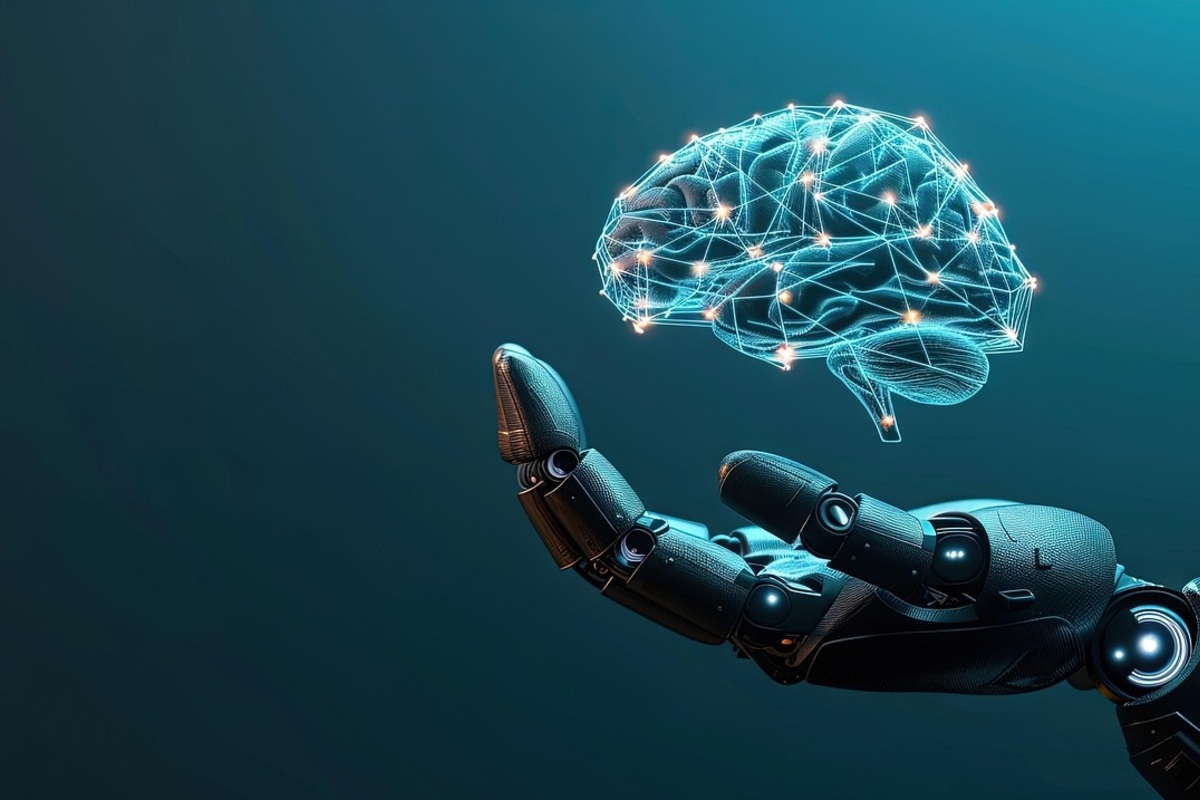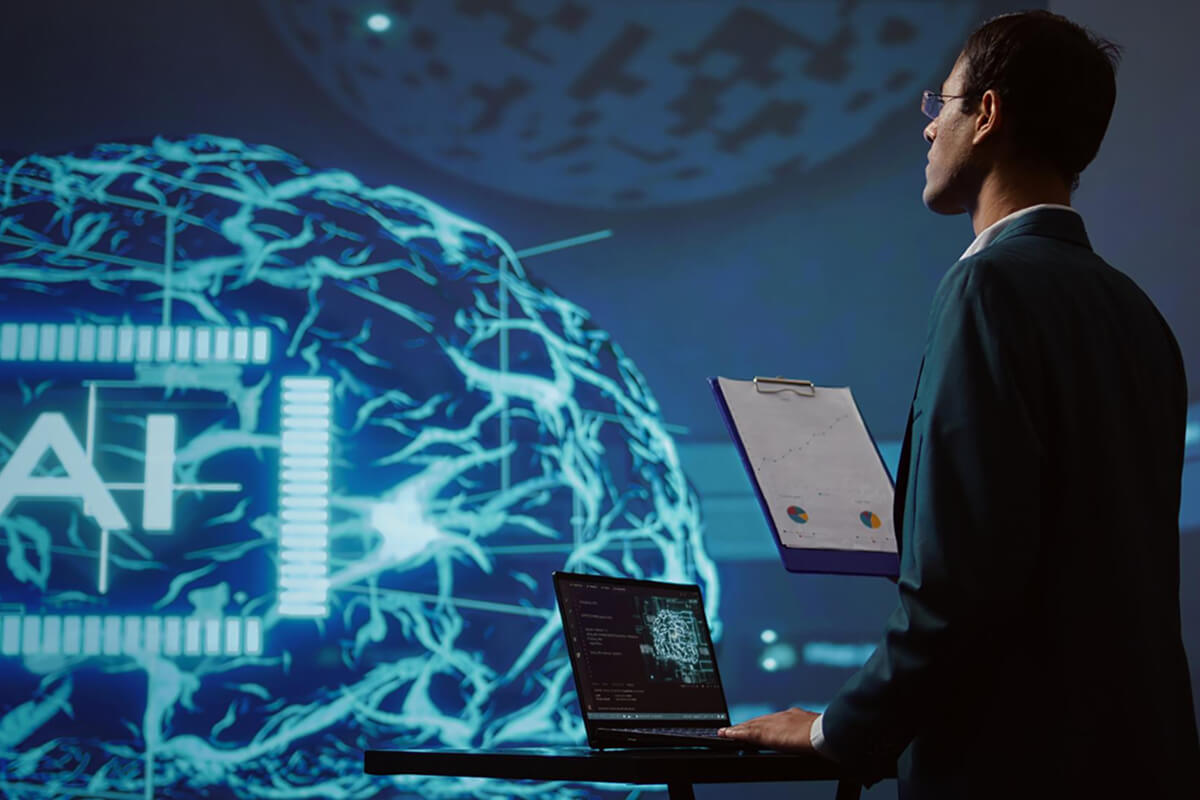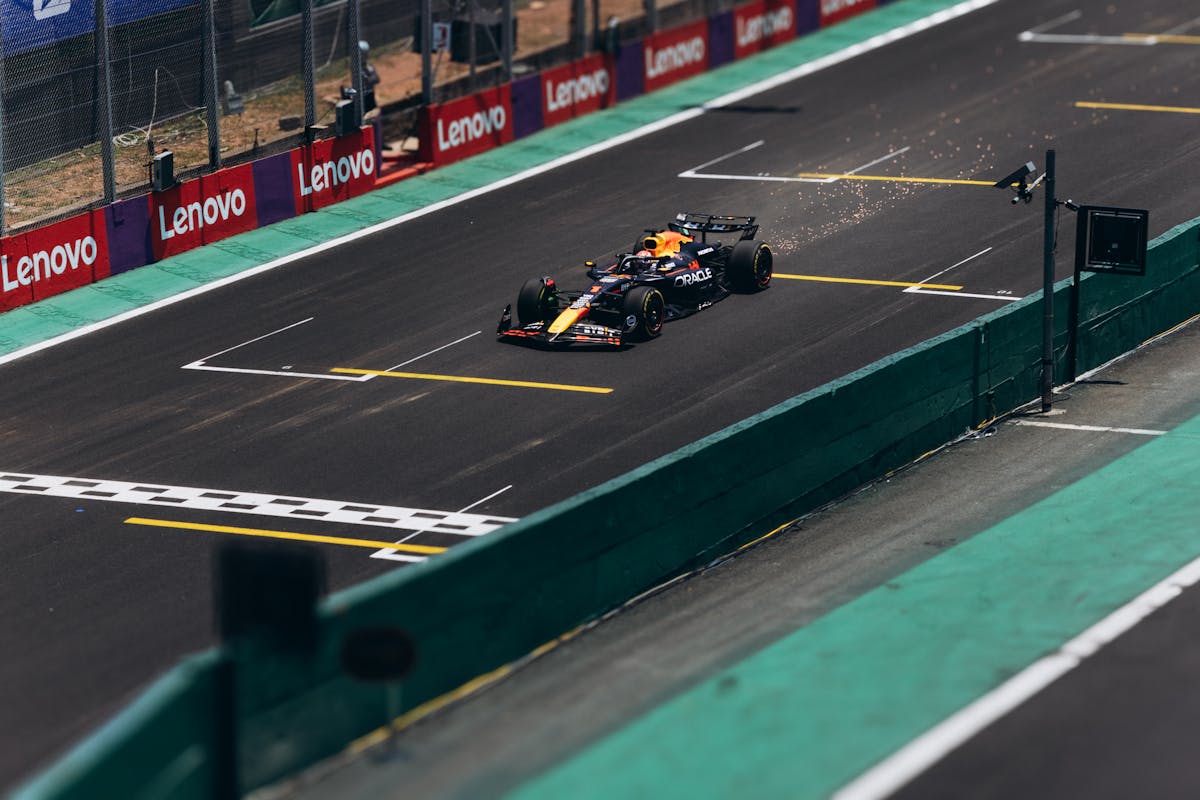Ultimate Guide to Agents and Multi-agents Systems in GenAI
Introduction
The Agent or multiagent in a Generative AI (GenAI) system plays a pivotal role by creating an interactive environment where these agents work together to acquire the necessary skills to accomplish specific tasks or a set of interconnected tasks. Through this collaborative learning approach, they are able to synergistically improve their abilities and operational efficiency, thereby advancing their collective performance aligned with the predefined goals and objectives of the system
What are Agents in Gen AI?
Agents in generative AI are programs designed to create new content, like images or text, by learning patterns from existing data. These agents use techniques such as neural networks to generate realistic outputs. They operate autonomously, analyzing data to produce original content based on learned rules and examples. Agents can be trained on various datasets, allowing them to mimic styles or patterns and generate new, unique outputs that resemble the original data. This capability makes them valuable for tasks like creative design, content generation, and even assisting in scientific research by simulating complex scenarios or generating hypotheses.

Advantages of Multiagent
- Distributed workload – Each agent is assigned specific tasks tailored to their individual capabilities and expertise. This division of labor ensures efficient utilization of resources and optimized performance in achieving the designated objectives.
- Parallel processing – This approach involves multiple agents concurrently executing tasks, leading to a substantial reduction in overall processing time compared to a single agent performing tasks sequentially. By harnessing the collective computational power and task distribution across agents, parallel processing maximizes efficiency and throughput, thereby accelerating the completion of complex operations or computations within the system.
- Enhance scalability – This capability allows for seamless integration of new agents, enabling them to effectively manage increased workloads or provide specialized expertise within specific domains.
- Robustness & Redundancy – In a multiagent system, the presence of multiple agents ensures continuity of operations. If one agent encounters an issue or failure, the system remains operational as other agents continue to perform their functions seamlessly, maintaining overall system reliability and uninterrupted service.
- Specialization for superior performance – Just as a human expert excels in a specific field, a multiagent system enables specialization across various domains, harnessing diverse capabilities for optimized performance.
- Modular design – facilitates easier development, maintenance, and updates to individual agents, ensuring that modifications can be implemented without disrupting the entire system.
- Improved accuracy – By dividing the workload among several specialized agents, the system can achieve significantly enhanced processing speed compared to relying on a single agent alone. This division allows each specialized agent to focus intensely on its assigned tasks, resulting in more precise outcomes and faster overall task completion.
- Enhanced fault tolerance – If one agent encounters any problem, it does not affect the functionality of the other agents. This resilience ensures that the system remains operational and capable of performing tasks seamlessly even in the face of individual agent failures. Each agent operates independently within its designated scope, thereby preventing any single point of failure from disrupting the overall functionality of the system.
Single agent limitations
- Complexity management – Training and maintaining a single model for all tasks becomes increasingly difficult as the complexity of the task processes grows. Managing the intricacies of a comprehensive model that addresses diverse tasks requires extensive computational resources and may lead to performance bottlenecks. By employing multiple specialized models, each dedicated to specific tasks or domains, complexity can be effectively managed. This approach allows for more efficient training, easier adaptation to evolving requirements, and improved scalability without compromising the overall system performance.
- Limited Scalability – Scaling a monolithic model requires retraining it with additional data, which can be a time-consuming and computationally expensive process. As the volume and complexity of data increase, so does the demand on resources and the duration of retraining cycles. This limitation hinders the model’s ability to efficiently accommodate growth in data volume or changes in task requirements. In contrast, using a modular approach with specialized models allows for easier scalability by adding or updating individual components as needed. This modular design supports more flexible scaling, enabling the system to adapt quickly and effectively to evolving demands without the constraints of retraining a single, monolithic model.
- A single point failure – where a critical component or process malfunctions or breaks down — can potentially disrupt the entire system, leading to widespread failures or complete system shutdown.
Agent for marketing
Single Agent System
In a single agent system, the model undergoes training using an extensive dataset that encompasses diverse aspects of product selection. This dataset includes detailed product information, pricing dynamics, historical performance data across different metrics, and comprehensive user reviews. The complexity of this task lies in the agent’s ability to effectively process and interpret such a broad array of information.
The agent must navigate through intricate relationships between product features, pricing trends, past performance indicators, and qualitative user feedback to make informed decisions. Understanding these interdependencies and nuances requires the agent to employ sophisticated algorithms capable of handling large volumes of heterogeneous data.
Moreover, the challenge extends beyond mere data processing; the agent must synthesize these inputs into coherent strategies for product selection and decision-making. This process demands robust training methodologies that not only expose the agent to diverse scenarios but also fine-tune its ability to adapt and learn from the complexities inherent in real-world product environments.
Therefore, training a single agent system on such a comprehensive dataset is crucial but also inherently challenging, requiring advanced techniques to empower the agent with the capability to effectively navigate and excel within this multifaceted landscape of product selection.
Multiagent System
In a multiagent system context, several specialized agents collaborate to enhance sourcing efficiency and decision-making. For instance, a dedicated sourcing agent could autonomously crawl supplier websites, extracting pertinent information such as product specifications, availability, and supplier reputation. This agent then filters and identifies potential products that align with specific user requirements, leveraging its ability to navigate and interpret diverse supplier data.
Concurrently, a price comparison agent operates within the system, trained to analyze pricing dynamics across various suppliers. This agent not only evaluates current pricing trends but also employs negotiation algorithms to secure optimal terms and prices on behalf of the user or organization. By synchronizing their efforts, these agents streamline the procurement process, ensuring thorough evaluation of both product suitability and cost-effectiveness.
Moreover, in a multiagent system, each agent specializes in distinct tasks while maintaining communication and coordination to achieve collective objectives efficiently. This collaborative approach harnesses the strengths of individual agents, leveraging their specialized knowledge and capabilities to enhance overall decision-making and operational effectiveness in sourcing and procurement scenarios.








